Greenhouse gas emissions in agriculture
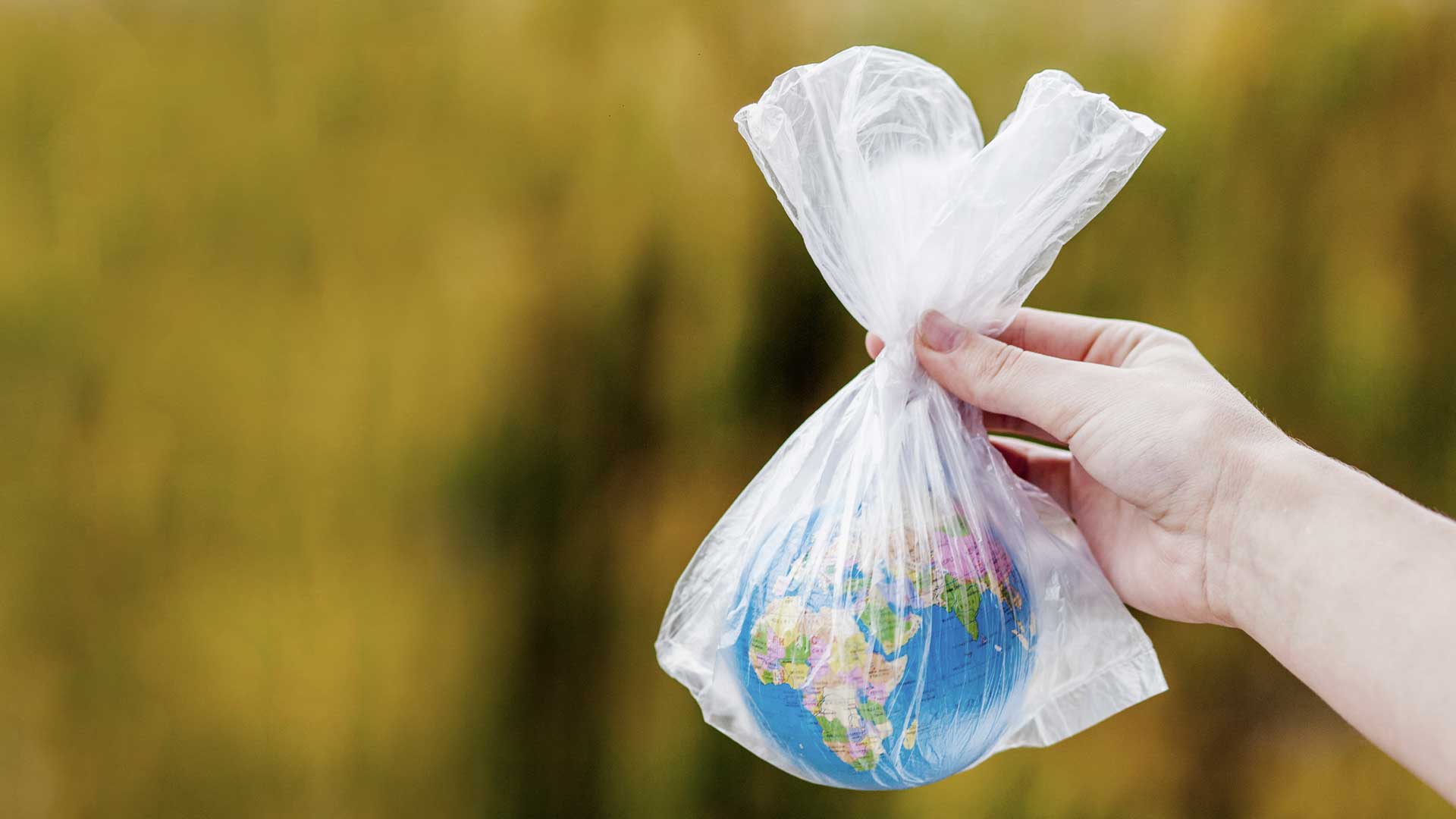
Introduction
Greenhouse gases (GHG) are important elements in our ecosystem. They “trap” the sun´s heat in the Earth’s atmosphere, heat that would otherwise escape into space, and radiate it back towards the Earth’s surface: a phenomenon known as the ‘greenhouse effect’. One of the more known GHGs is CO2 (carbon dioxide), but several other gases are also part of this category, such as N2O (nitrous oxide) and CH4 (methane).
The ‘greenhouse effect’ phenomenon is essential as it keeps the planet´s temperature in an acceptable range for life as we know it. However, the excessive GHG emissions cause negative impacts to our planet and our economy. The concentration of GHG in the atmosphere has grown significantly after the Industrial Revolution and scientists[1] have robust evidence that this growth is due to human activity. The growth of greenhouse gas emissions is linked to rising temperatures on our planet, having as consequence severe weather events and a series of other impacts referred to generically as ‘global warming’ or ‘global heating’[2].
Figure 1
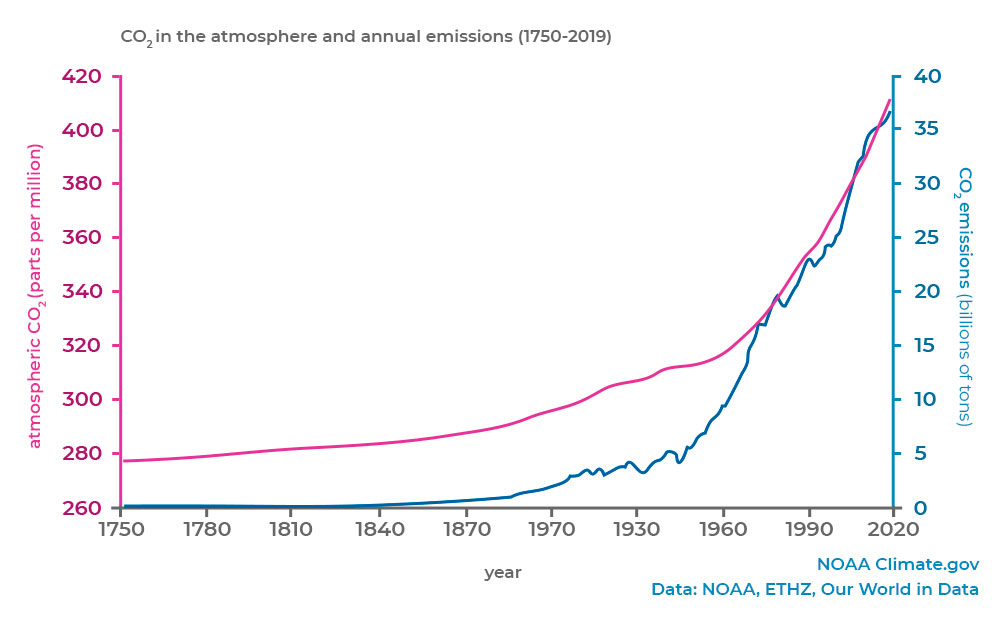
Global warming has a significant impact on agriculture. The Intergovernmental Panel on Climate Change (IPCC), a United Nations body for assessing the science related to climate change, issued a special report on Climate Change and Land[3] indicating that “warming over land has occurred at a faster rate than the global mean and this has had observable impacts on the land system. The average temperature over land for the period 2006–2015 was 1.53°C higher than for the period 1850–1900, and 0.66°C larger than the equivalent global mean temperature change. These warmer temperatures (with changing precipitation patterns) have altered the start and end of growing seasons, contributed to regional crop yield reductions, reduced freshwater availability, and put biodiversity under further stress and increased tree mortality”.
At the same time that global warming affects agriculture, like most economic sectors, agriculture also produces greenhouse gases that contribute to this phenomenon. Agricultural emissions are essentially associated to land use change[4] and agricultural practices.
Figure 2 shows the contribution of agriculture to total GHG emissions (%) in Europe[5], while figure 3 shows GHG emissions in the world per sector.
Figure 2 – Agriculture GHG emissions in Europe
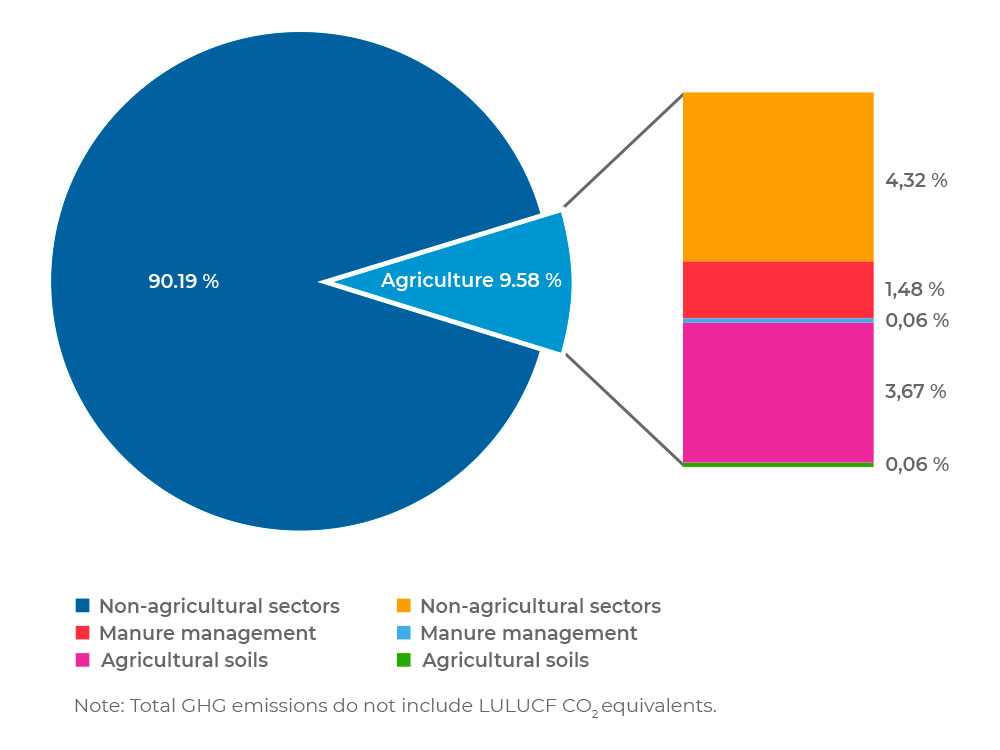
Figure 3 – GHG emissions in the world per sector
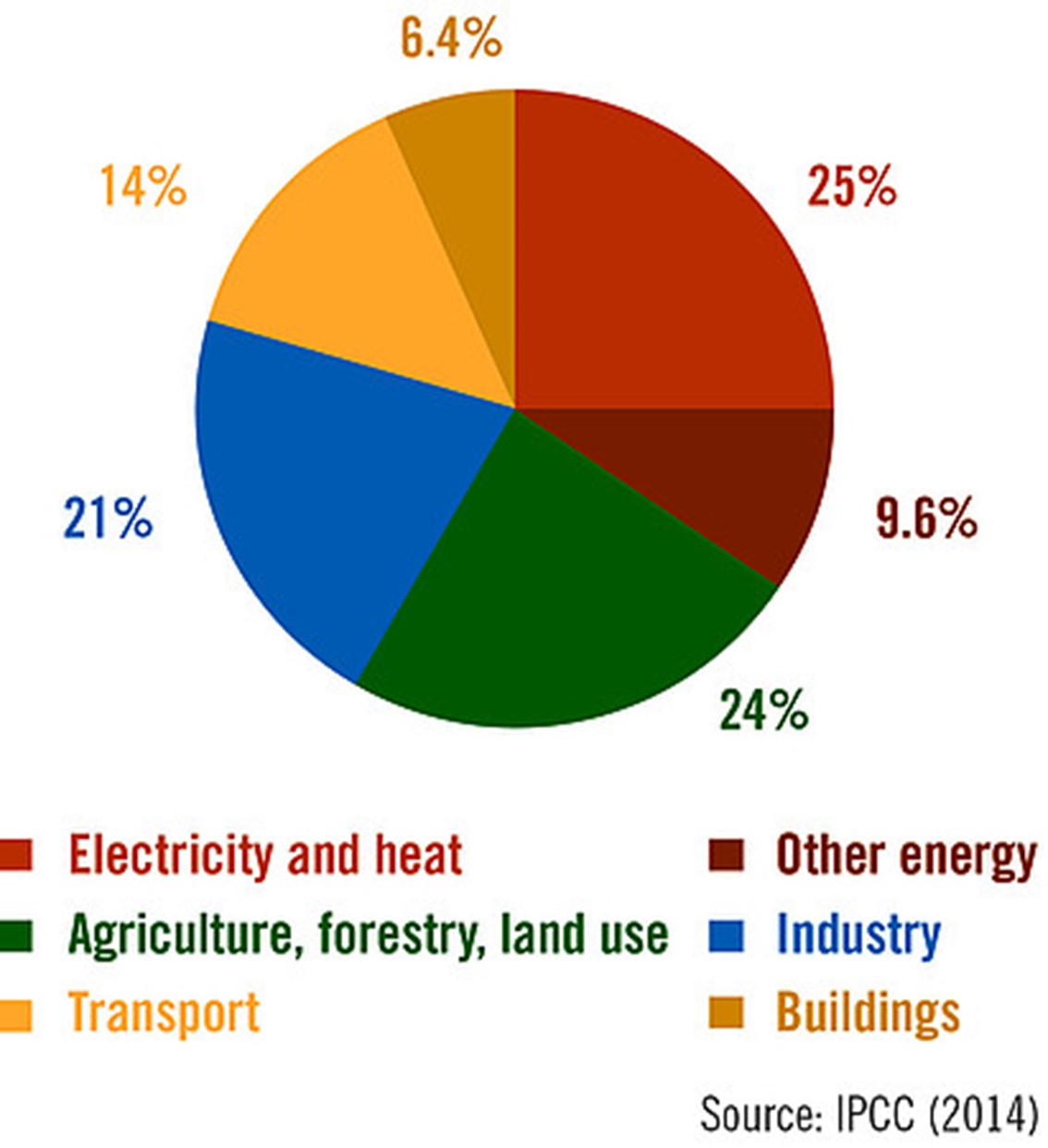
Land use change
Land use change is a process by which human activities transform a landscape use, such as transforming a native forest area in a pasture or a wetland in an urban area.
In this respect, agriculture poses pressure towards land conversion while expanding to new frontiers and transforming forests, natural grasslands and other natural environments into cropland. This is especially true in less developed countries. IPCC reports that during the 1990s, deforestation in the tropics was the major factor contributing to emissions of greenhouse gases (GHG).
Agricultural practices
The management of agricultural soils, cultivation practices, livestock, rice production and biomass burning are the most relevant sources of GHG emissions in agricultural related activities[6]. From the perspective of crop production, the key GHG emissions are associated to:
- Management practices: soil nitrification and denitrification, which produces nitrous oxide (N2O) emissions is very much influence by soil management practices, such as the application of synthetic and organic fertilizers, deposition of livestock manure and the growth of nitrogen-fixing plants. Additionally, a variety of crop management practices such as the planting of cover crops, conservation tillage and crop rotation can increase the amount of carbon stored in soils reducing therefore GHG emission;
- Biomass burn: burning of crops for harvesting, of land for clearance or burning of agricultural residues, and
- Fossil fuel (non-renewable energy) usage in agricultural equipment.
Rice cultivation is one of the most relevant crops in terms of emission, especially considering its importance as food and therefore the amount produced. Under anaerobic condition of submerged soils of flooded rice fields, methane is produced and much of it escapes from the soil into the atmosphere.
Figure 4[7] shows the relative contribution of the different activities related to agriculture, including livestock, which is not discussed in this article.
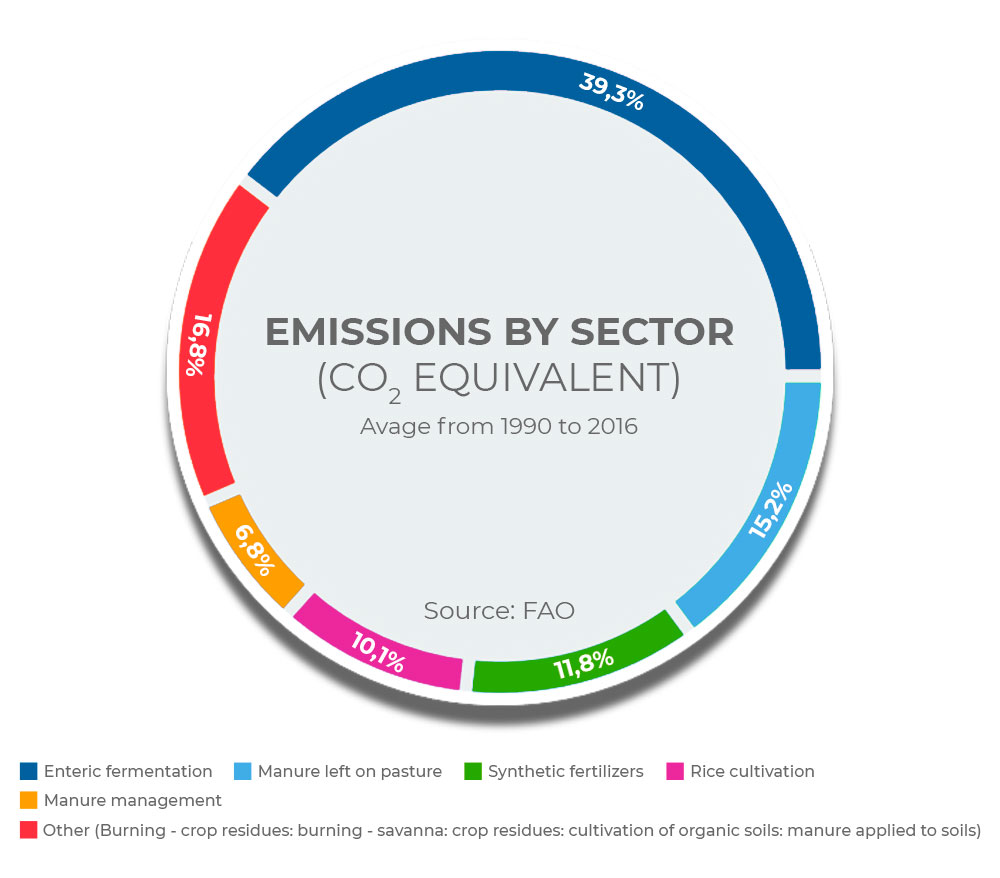
The ProTerra approach
ProTerra encourages organizations to minimize the use of non-renewable energy and adopts sustainable agricultural production practices to minimize GHG emissions though a series of requirements, many of which are core and therefore must be met for certification under the ProTerra Standard.
Specifically, ProTerra has certification criteria related to the reduction or compensation of GHG emissions or energy management and also defines a set of indicators related to agricultural practices, such as the reduction of the use of chemical fertilizers, banning burning of agricultural residues, stimulating the use of cover crops and crop rotation.
To minimize land use change related to agricultural activities, ProTerra has defined a cutoff date[8] for land conversion, in particular, primary forests (such as tropical rain forests), riparian vegetation (those alongside water bodies), wetlands, swamps, steep slopes and areas defined by the High Conservation Values Resources Network[9] (HCVs).
The ProTerra Standard also includes a set of indicators related to the maintenance and enrichment of biodiversity. Forests, through tree growth and an increase in soil carbon, contain a large part of the carbon stored on land. Forests present a significant global carbon stock[10] and therefore help to reduce the amount of CO2 (the most abundant GHG in the atmosphere).
The ProTerra Foundation believes that agriculture has a role to play in the reduction of GHG emissions and that this is fundamental to produce food in a sustainable way.